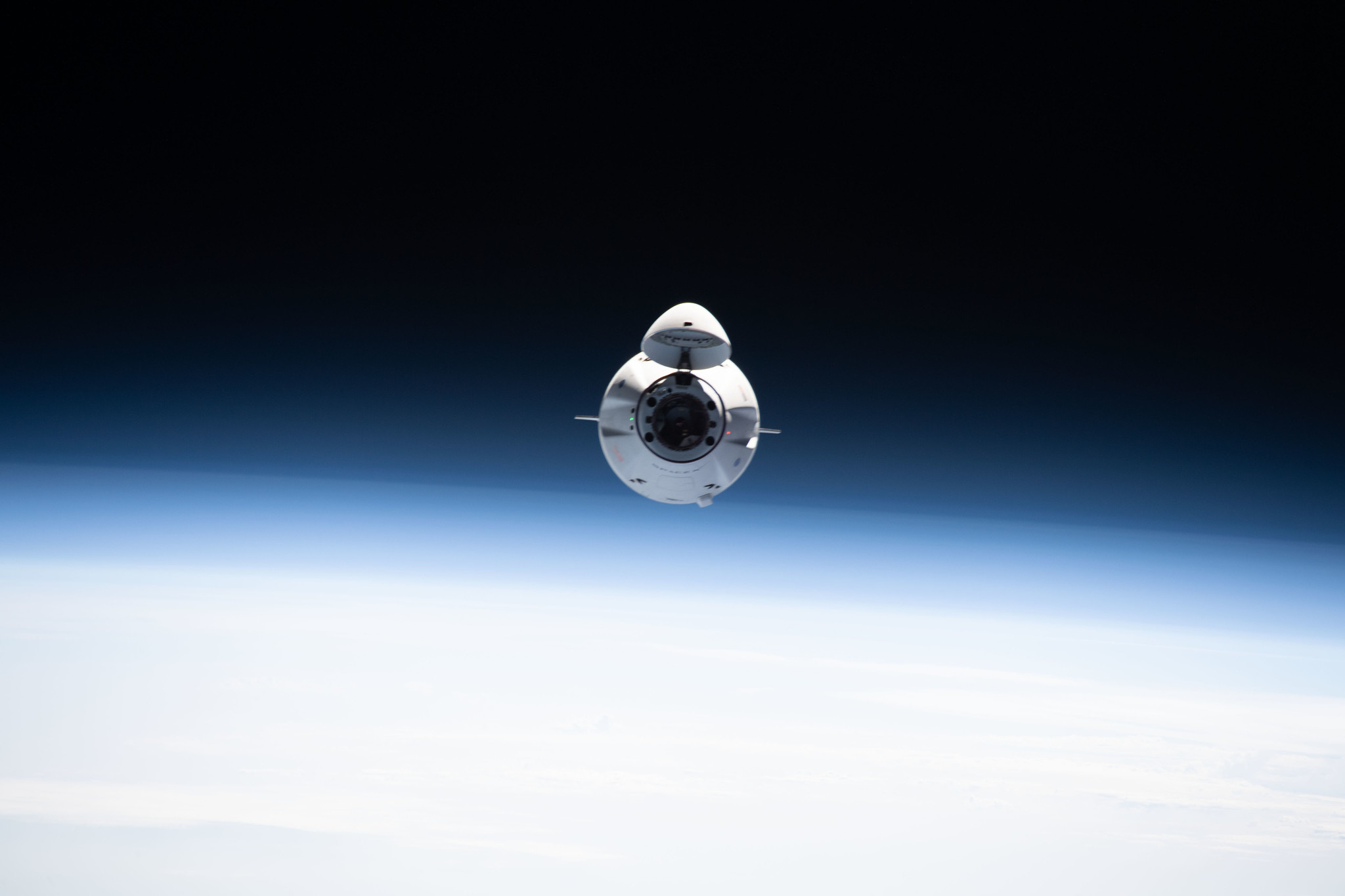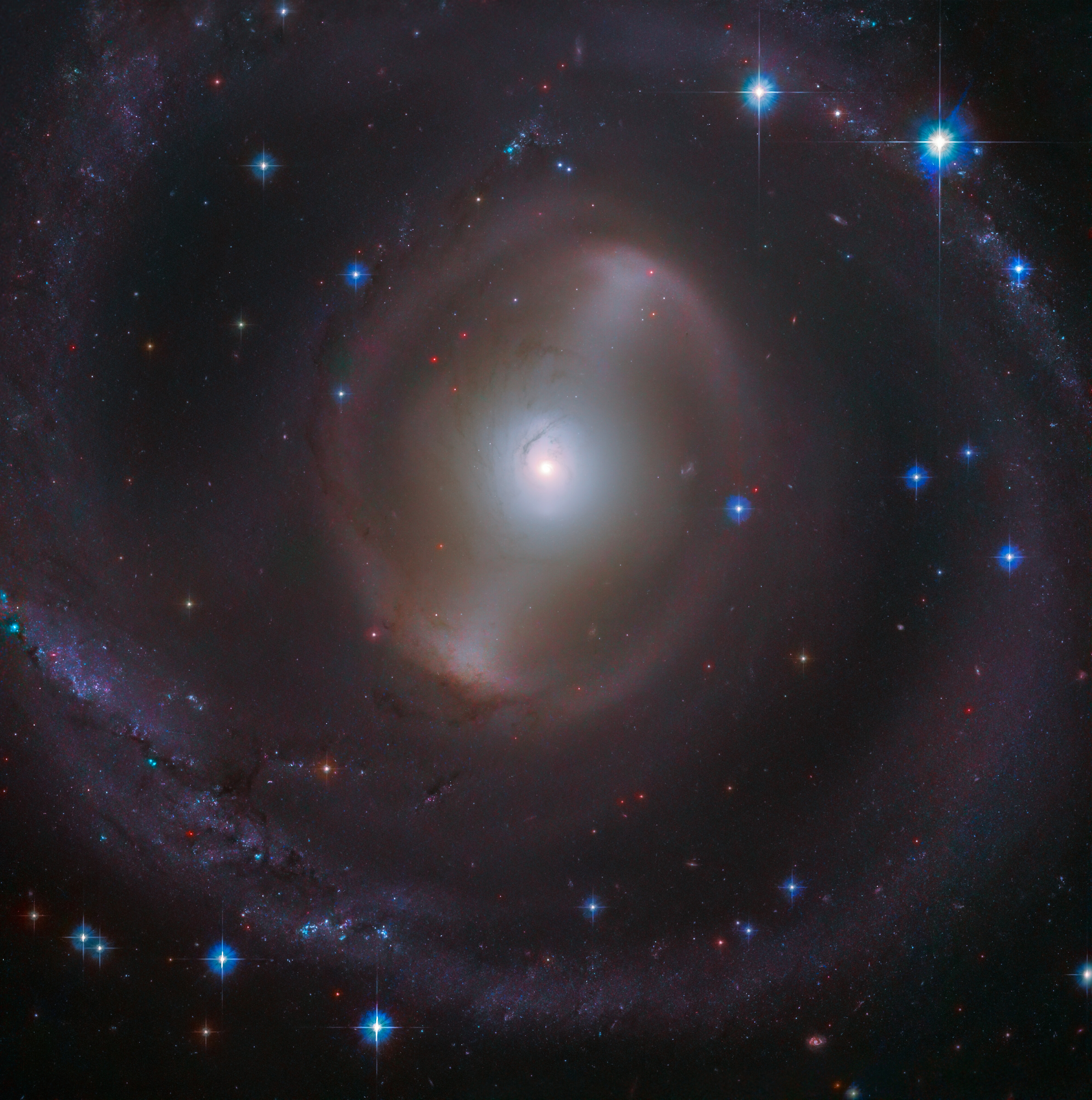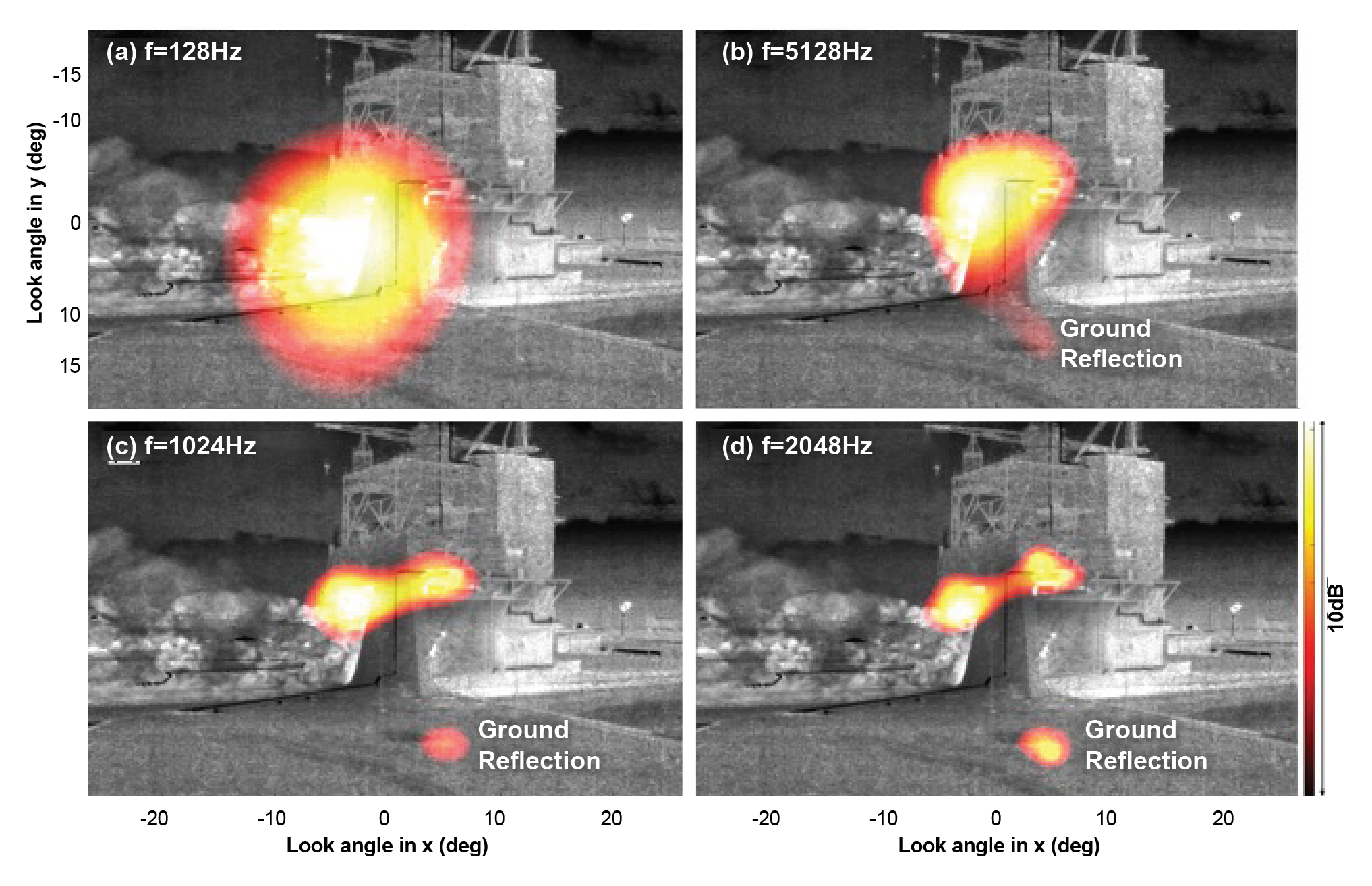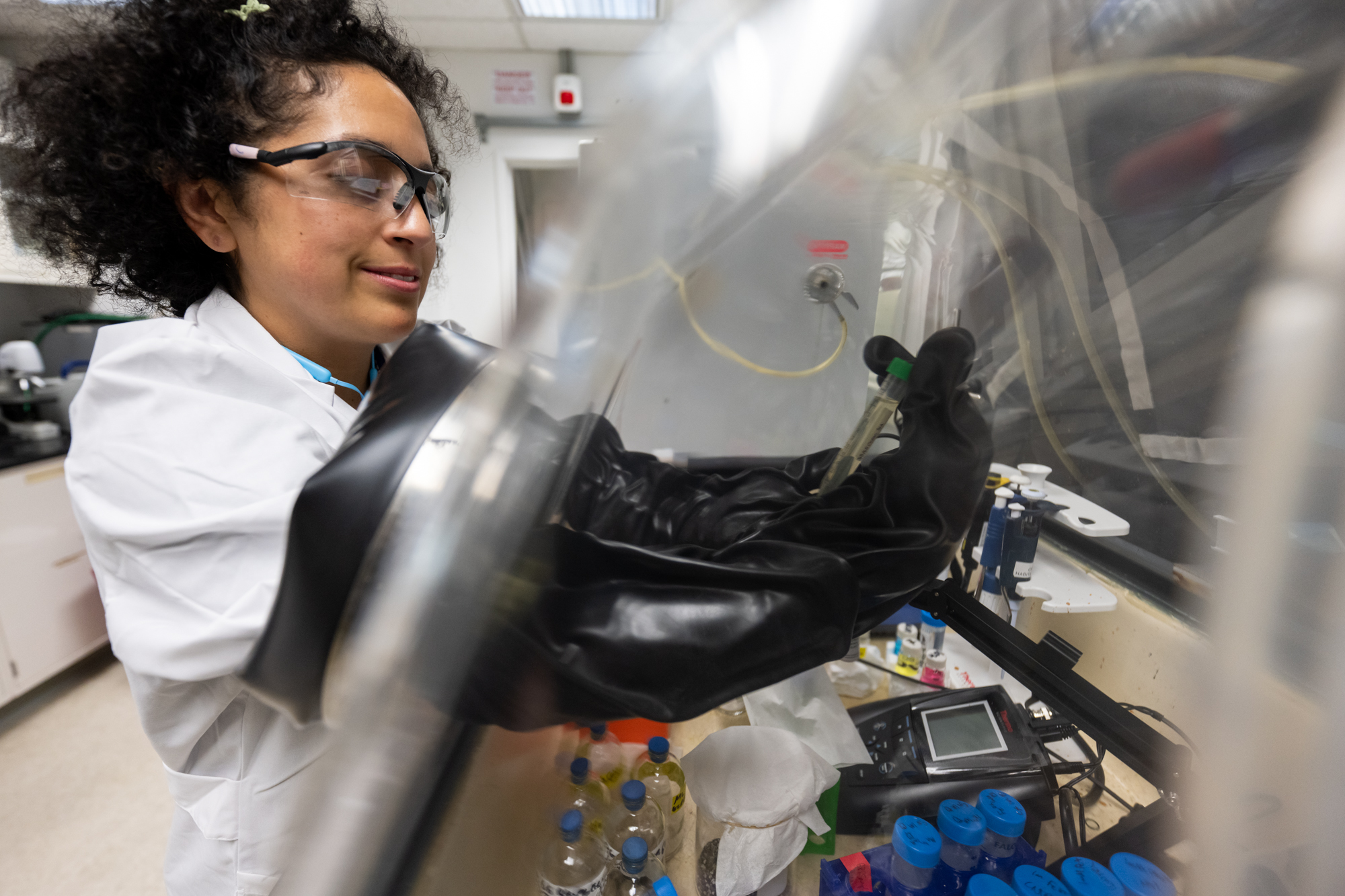NEAR Shoemaker
Type
Launch
Target
Objective
NEAR was the first spacecraft to orbit an asteroid and also was the first to land on one.
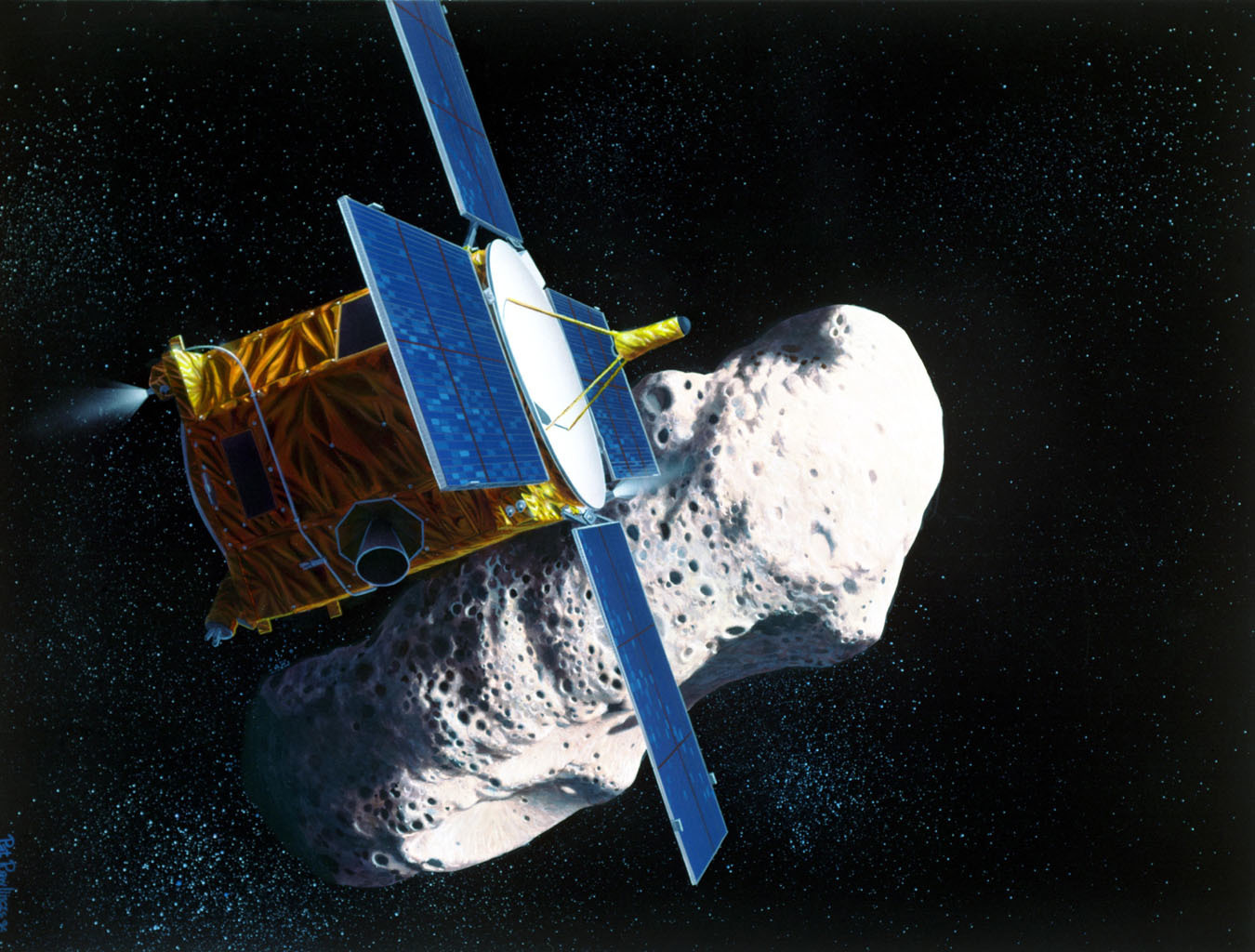
What was NEAR Shoemaker?
NASA's NEAR was the first spacecraft to orbit an asteroid and also was the first to land on one.
- NEAR's landing on Eros marked the first time a U.S. spacecraft was the first to land on a celestial body, having been beaten by the Soviets in landing on the Moon, Mars, and Venus.
- Remarkably, the spacecraft – which was not designed as a lander – survived touchdown on the asteroid and returned valuable data for about two weeks.
- NASA renamed the spacecraft NEAR Shoemaker in honor of renowned geologist Eugene M. Shoemaker (1928–1997).
- Last contact with NEAR was Feb. 28, 2001, the spacecraft having succumbed to the extreme cold.
Nation | United States of America (USA) |
Objective(s) | Asteroid Eros Orbit and Landing |
Spacecraft | NEAR |
Spacecraft Mass | 1,775 pounds (805 kilograms) |
Mission Design and Management | NASA / GSFC / APL |
Launch Vehicle | Delta 7925-8 (no. D232) |
Launch Date and Time | Feb. 17, 1996 / 20:43:27 UT |
Launch Site | Cape Canaveral, Fla. / Launch Complex 17B |
Scientific Instruments | 1. Multi-Spectral Imager (MSI) 2. Magnetometer (MAG) 3. Near Infrared Spectrometer (NIS) 4. X-Ray/Gamma-Ray Spectrometer (XGRS) 5. Laser Rangefinder (NLR) 6. Radio Science and Gravimetry Experiment |
Firsts
- First human-made object to orbit an asteroid
- First spacecraft to land on an asteroid
Key Dates
Feb. 17, 1996: Launch
June 27, 1997: Flyby of asteroid Mathilde
Jan. 23, 1998: NEAR flew by Earth for a gravity assist
Dec. 23, 1998: Spacecraft flew by Eros for the first time
Feb. 14, 2000: NEAR entered orbit around Eros becoming the first human-made object to orbit an asteroid
Feb. 12, 2001: NEAR touched down on Eros – the first time a U.S. spacecraft was the first to land on a celestial body
In Depth: NEAR Shoemaker
Near Earth Asteroid Rendezvous (NEAR) was the first mission flown under NASA’s Discovery program, a series of low-cost (less than about $150 million in mid-1990s dollar amounts) planetary science projects that were selected competitively and led by a principal investigator rather than a NASA manager.
NEAR’s primary goal was to rendezvous with the minor planet 433 Eros (an S-class asteroid), approximately 221 million miles (355 million kilometers) from Earth, and to gather data on its physical properties, mineral components, morphology, internal mass distribution, and magnetic field. The spacecraft was the first to rely on solar cells for power during operations beyond Mars orbit.
On the way to its primary mission, NEAR performed a 25-minute flyby of the asteroid 253 Mathilde on June 27, 1997. The closest approach was about 750 miles (1,200 kilometers) at 12:56 UT. During the encounter, the spacecraft photographed 60 percent of the minor planet from a range of 750 miles (1,200 kilometers).
The information gathered indicated that the 4.5 billion-year-old asteroid is covered with craters and is less dense than previously believed.
After a course correction on July 3, 1997, NEAR flew by Earth on Jan. 23, 1998, at 07:23 UT for a gravity assist on its way to Eros. The closest approach was about 335 miles (540 kilometers).
After the Earth flyby encounter, NEAR’s previously planned mission profile had to be revised because of an aborted engine burn on Dec. 20, 1998, that prevented a critical trajectory correction needed to meet up with Eros a month later.
Instead, NEAR was put on a backup trajectory that afforded a different flyby than originally planned. As part of this new plan, the spacecraft first flew past Eros on Dec. 23, 1998, at 18:41:23 UT at a range of about 2,380 miles (3,827 kilometers) (distance measured from the center of mass) during which it observed about 60 percent of the asteroid, and discovered that the minor planet was smaller than expected.
NEAR also found that the asteroid has two medium-sized craters, a long surface ridge, and a density similar to Earth’s crust. After several more trajectory adjustments, NEAR finally moved into orbit around Eros at 15:33 UT Feb. 14, 2000, roughly a year later than intended, becoming the first human-made object to orbit a minor planet. Orbital parameters were about 200 × 225 miles (321 × 366 kilometers).
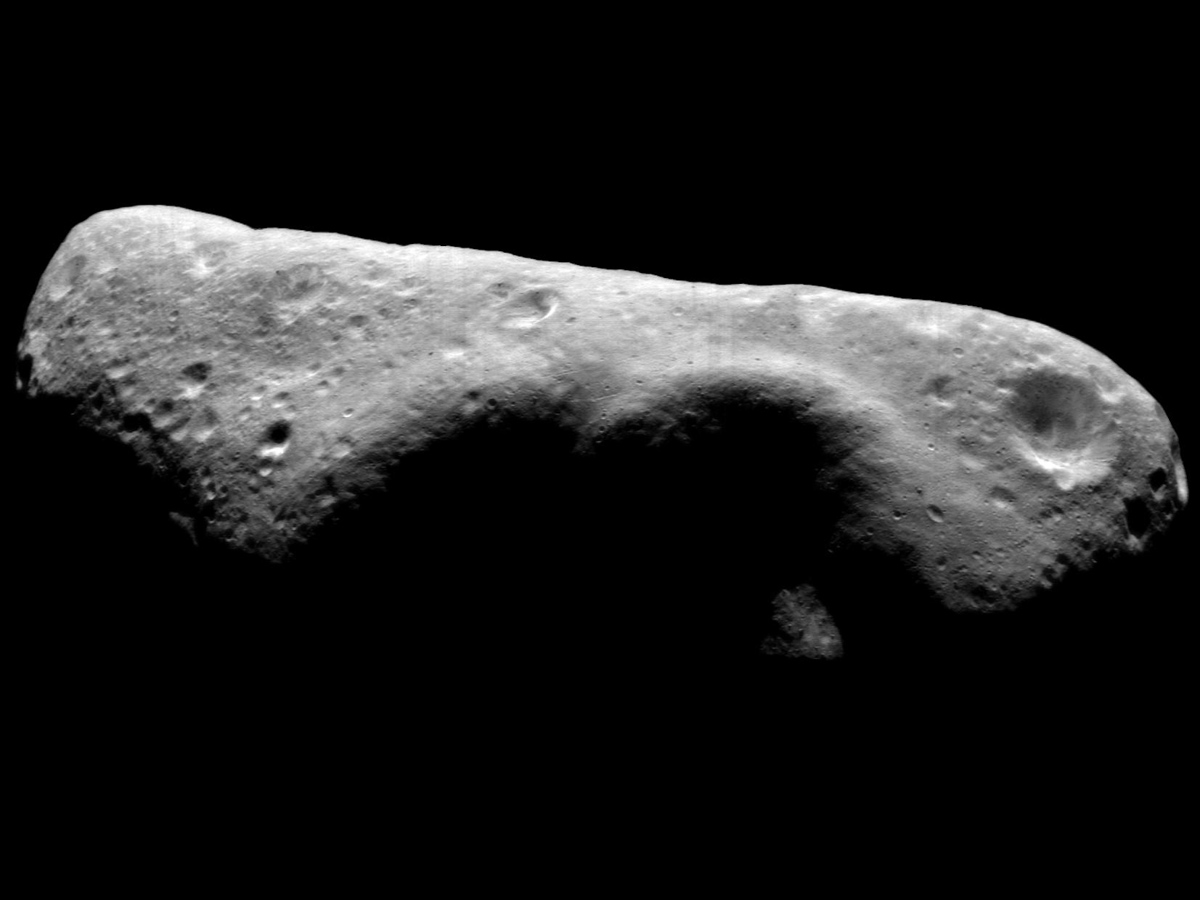
Through 2000, NEAR’s orbit was shifted in stages to permit specific research programs. There were a few problems in the lead-up to the landing on the asteroid. For example, on May 13, 2000, controllers had to turn off the near-infrared spectrometer due to an excessive power surge.
By April 30, 2000, the spacecraft was in its operational orbit at an altitude of about 31 miles (50 kilometers) from Eros’ center.
On July 13, 2000, NEAR entered an even lower orbit at about 22 miles (35 kilometers) that brought the vehicle to about 12 miles (19 kilometers) from the surface. After about 10 days, NEAR moved back to a higher orbit.
On Oct. 26, 2000, NEAR performed another close flyby, this time to about 3 miles (5.3 kilometers) above the surface.
By the end of the year, the spacecraft had entered a circular 22-mile (35-kilometer) low orbit around the asteroid and began to make a series of very close passes – on the order of about 3 to 4 miles (5 to 6 kilometers) – above the surface.
Following a slow, controlled descent, during which it took 69 high-resolution photos of Eros, NEAR touched down on Eros at a gentle 4 miles per hour (6.4 kilometers per hour), just south of a saddle-shaped feature named Himeros, on Feb. 12, 2001, at 19:44 UT.
This was the first time a U.S. spacecraft was the first to land on a celestial body, having been beaten by the Soviets in landing on the Moon, Mars, and Venus.
Remarkably, the orbiter survived contact and returned valuable data, especially from its gamma-ray spectrometer, for about two weeks.
The last contact with NEAR was Feb. 28, 2001, the spacecraft having succumbed to the extreme cold (minus 279 degrees Fahrenheit or minus 173 degrees Celsius). NASA’s attempt to contact the probe nearly two years later on Dec. 10, 2002, was unsuccessful.
NEAR data showed that Eros had no magnetic field. It mapped more than 70 percent of the surface using the near-infrared spectrometer and provided important data about the asteroid’s interior. The spacecraft returned about 10 times more data than originally planned, including 160,000 images.
Earlier, on March 14, 2000, a month after entering asteroid orbit, NASA renamed the NEAR spacecraft NEAR Shoemaker in honor of Eugene M. Shoemaker (1928–1997), the renowned geologist.
Key Source
Siddiqi, Asif A. Beyond Earth: A Chronicle of Deep Space Exploration, 1958-2016. NASA History Program Office, 2018.

